The history of Orange in four key guitar amps
This British brand has spawned many a classic design since arriving on the scene in the late '60s – we take a whistle-stop tour through its most influential heads
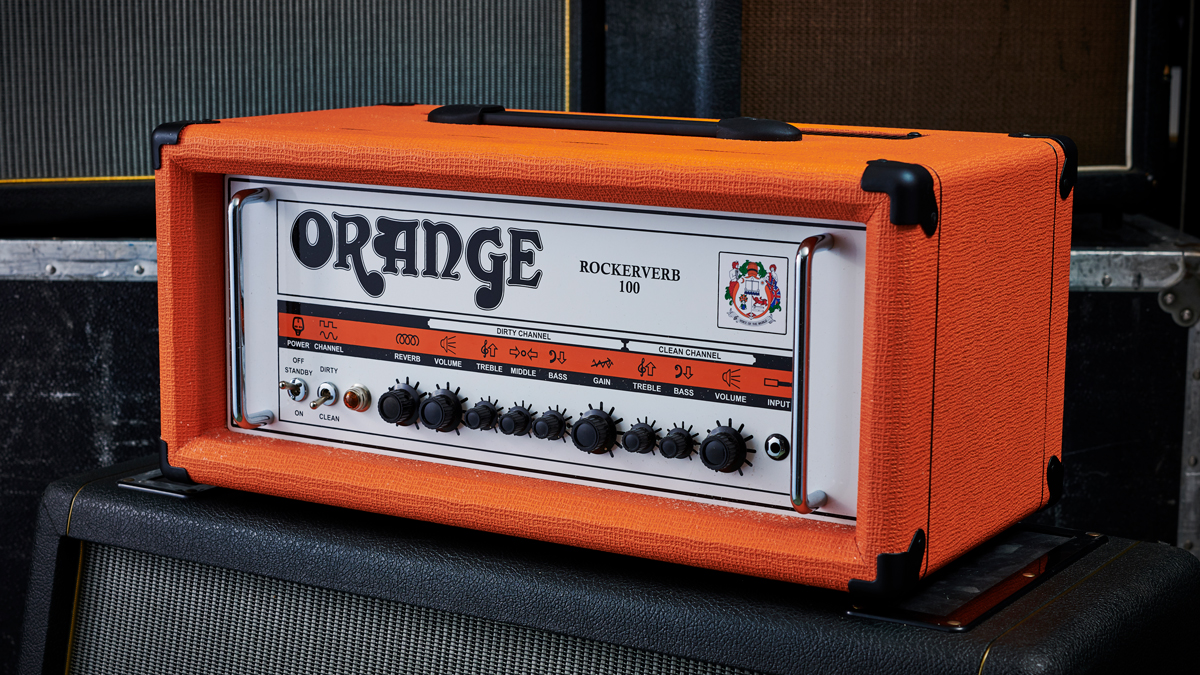
The roots of British amp giant Orange can be traced back to the West End of London where, in 1968, company founder Cliff Cooper opened up a small secondhand instrument store called the Orange Shop. Having painted the shopfront a dazzling psychedelic orange colour, Cliff’s new enterprise certainly caught the eye of passing guitar shoppers as they perused the wares of Soho and Tin Pan Alley.
“Guys like Marc Bolan, Gary Moore and Paul Kossoff would sit in the shop chatting and jamming all day long,” Cliff told us. “It was part of the whole thing that was happening. They’d come in, take a guitar off the wall and plug in.”
One such patron of the Orange Shop was a young Peter Green whose stellar guitar playing in his band Fleetwood Mac had set the London blues scene alight – and Cliff went to see them play at every opportunity. With the band on the verge of international success, Cliff offered to supply them with a full backline of Orange amps for their upcoming American tour.
“Fleetwood Mac were really the first band to use Orange equipment,” said Cliff. “We were lucky. When they took our gear to America, it launched us in the States, and not too long after that, Stevie Wonder also used the equipment to record Superstition. That launched us all over the world.”
1. Late '60s
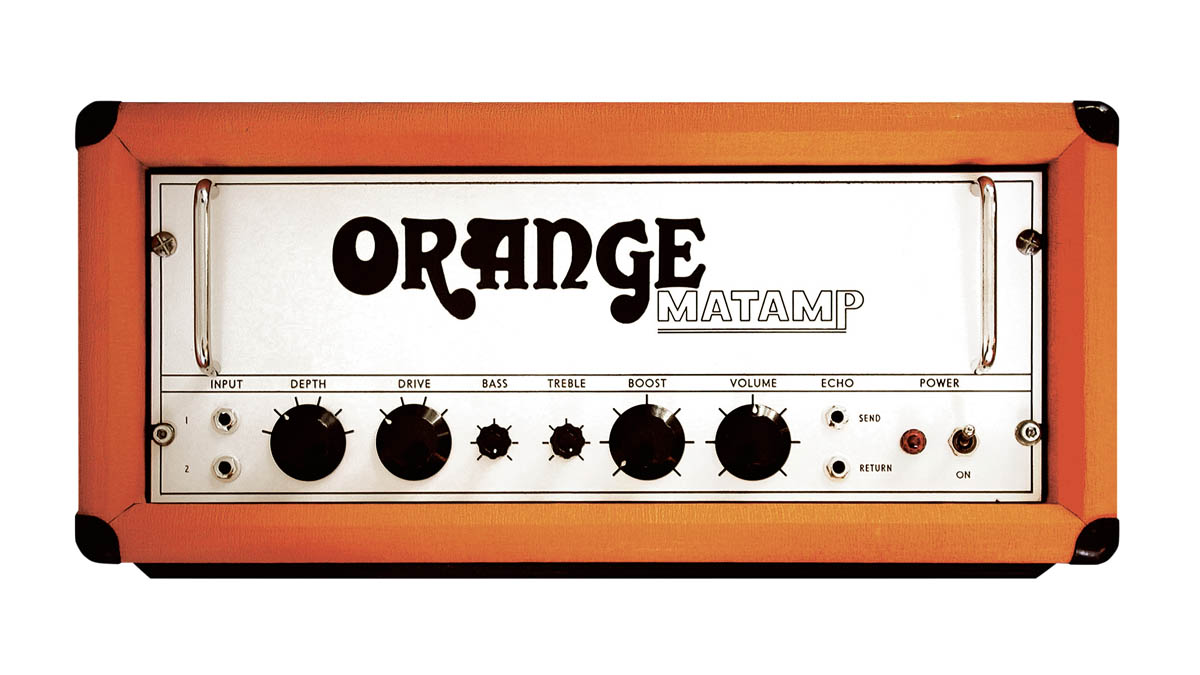
By the time Cliff had decided he wanted to build his own guitar amps, he had already studied electronics at college. Working in collaboration with Mat Mathias of Radio Craft – a radio repair shop in West Yorkshire – the first Orange amps were assembled in Mat’s native Huddersfield and were also branded Matamp. Meanwhile, the first Orange speaker cabinets were constructed in the basement of Cliff’s shop (where, in the early days, he would often sleep!).
From November 1968, fewer than 50 100-watt OR100 Orange Matamp units were completed, making them highly sought-after collector’s items. The very first amps were supplied to Peter Green’s Fleetwood Mac for their US tour.
The 200-watt OR200 appeared later in March 1969 and was powered by four 6550/KT88 valves (double the number onboard the original OR100). That spring, the second version of the OR100 appeared and it came fitted with four EL34s, while the new 50-watt OR50 was driven by two EL34s.
Get The Pick Newsletter
All the latest guitar news, interviews, lessons, reviews, deals and more, direct to your inbox!
2. Pics only
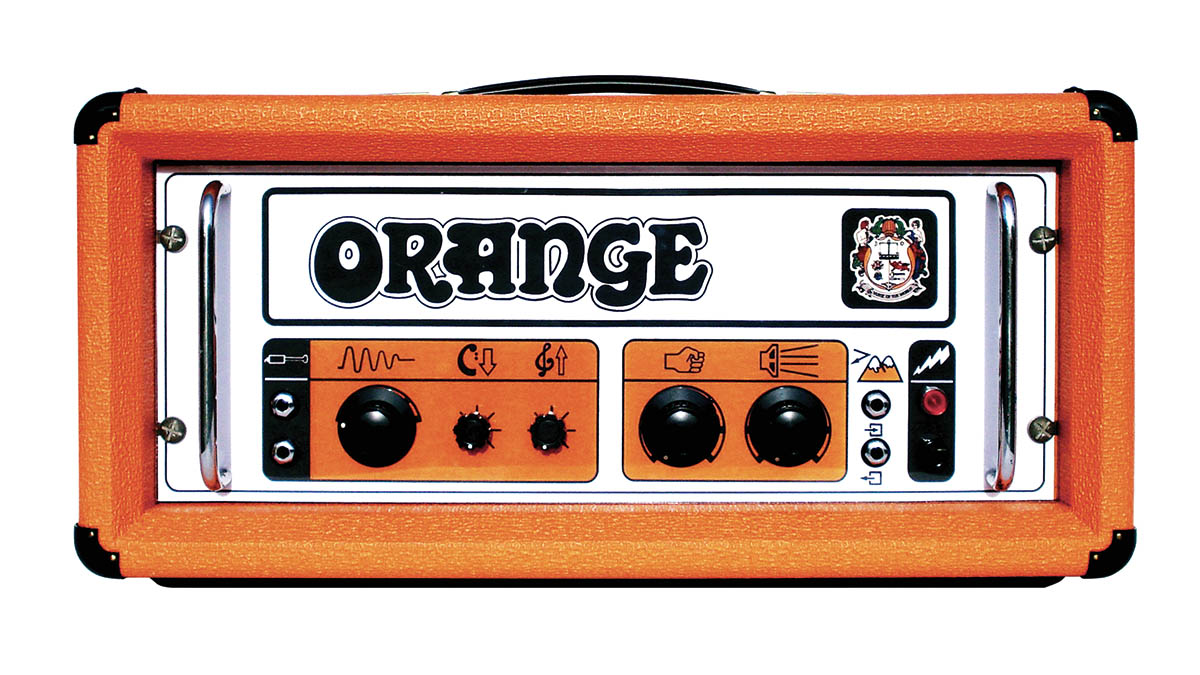
Demand for Orange amps ramped up quickly and, in early 1970, production shifted to a larger facility in the Huddersfield area with subcontractors HH Electronics and Howells Radio helping with the workload. Within a year, however, manufacturing had relocated home to the West End. And there it stayed until 1973 when Orange escalated to assembly-line production at its new factory in Bexleyheath, Kent.
Designed in 1971, the EL34-powered ‘Pics Only’ GRO100 and GRO50 amps were launched in 1972. Boasting crunchy overdriven tones, they were the genesis of the ‘Orange sound’, becoming the benchmark for all future Orange amp designs.
They had a different circuit than previously and they introduced Orange’s unique six-position FAC midrange tone switch. Later named the OR100, OR80 and OR120, these ‘Pics Only’ amps were rejigged in 1973 to include text on the control panel. The later ‘Pics & Text’ amps launched in 1974, comprising the classic OR120 and OR80 models.
3. AD series
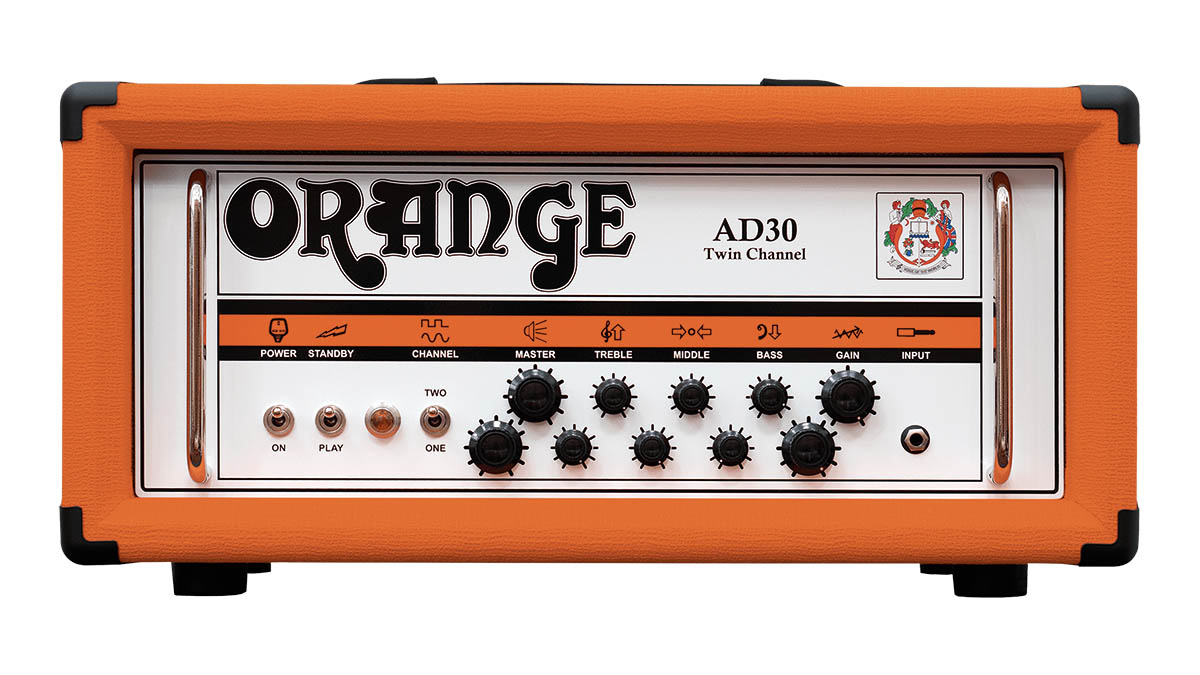
Manufacturing of the amplifiers at the Bexleyheath factory ended in 1979, though Cliff hung on throughout the next decade building and selling Orange amps – albeit in limited numbers. In 1993, the Orange brand was licensed to Gibson who opted for the new amps to be made in England by Matamp.
However, these '70s reissues were not a great success (though Noel Gallagher used an Overdrive 120 model for a time), and in 1997 Cliff regained control of the brand he started back in the late 60s. It was the dawn of a new era for Orange.
Beginning with the launch of the AD30 in 1998 (an amplifier that was famously played by Jimmy Page, Adrian Utley and PJ Harvey, to name just three), Orange went from strength to strength as the AD15 picked up the Editor’s Pick Award in Guitar Player, when it was released the following year.
This new phase for the company also saw Orange reconnecting with its Fleetwood Mac heritage when the AD15 combo became guitarist Jeremy Spencer’s amp of choice.
4. Rockerverb
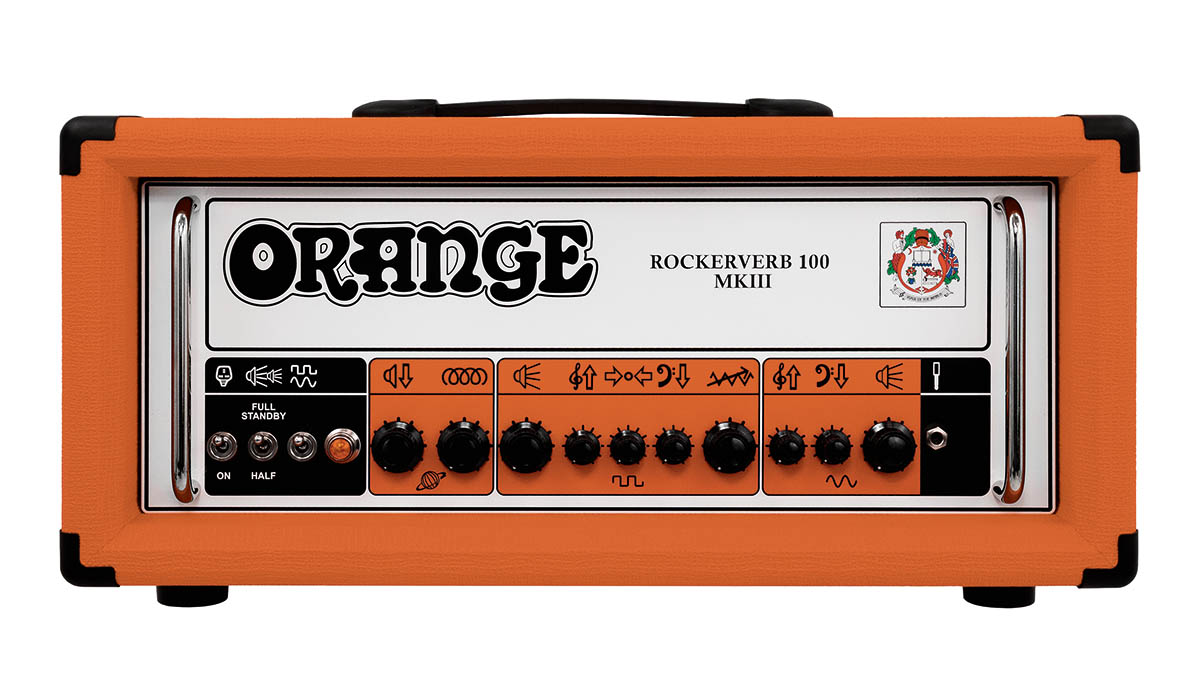
Launched in 2003, the original Rockerverb was Orange’s first high-gain amp design, making it a firm favourite in the metal world. Its versatile design also proved a winning formula for guitarists who desired an ultimately flexible amp to cover all bases. Indeed, Orange Rockerverbs are popular among sessions players for use on stage and in the studio.
After Orange began receiving requests to build an effects loop into the AD30, the company instead decided to design a new amp from the bottom up. Featuring a valve-driven effects loop (the first amp of its kind, no less), the Rockerverb 50 and 100 amps were revamped in 2010 with the launch of the MKII versions, though their much-loved Pics Only-style crunch character was retained.
The current incarnations of the Rockerverb – the MKIII amps – are available in orange and black livery and feature selectable output power options. As per the ‘MKI’ and MKII Rockerverbs, a combo version of the MKIII is available.
Rod Brakes is a music journalist with an expertise in guitars. Having spent many years at the coalface as a guitar dealer and tech, Rod's more recent work as a writer covering artists, industry pros and gear includes contributions for leading publications and websites such as Guitarist, Total Guitar, Guitar World, Guitar Player and MusicRadar in addition to specialist music books, blogs and social media. He is also a lifelong musician.
"I never use my tube amp at home now, because I have a Spark Live": 5 reasons you should be picking up the Positive Grid Spark Live in the massive Guitar Month sale
“Our goal is to stay at the forefront of amplification innovation”: How Seymour Duncan set out to create the ultimate bass amp solution by pushing its PowerStage lineup to greater heights










